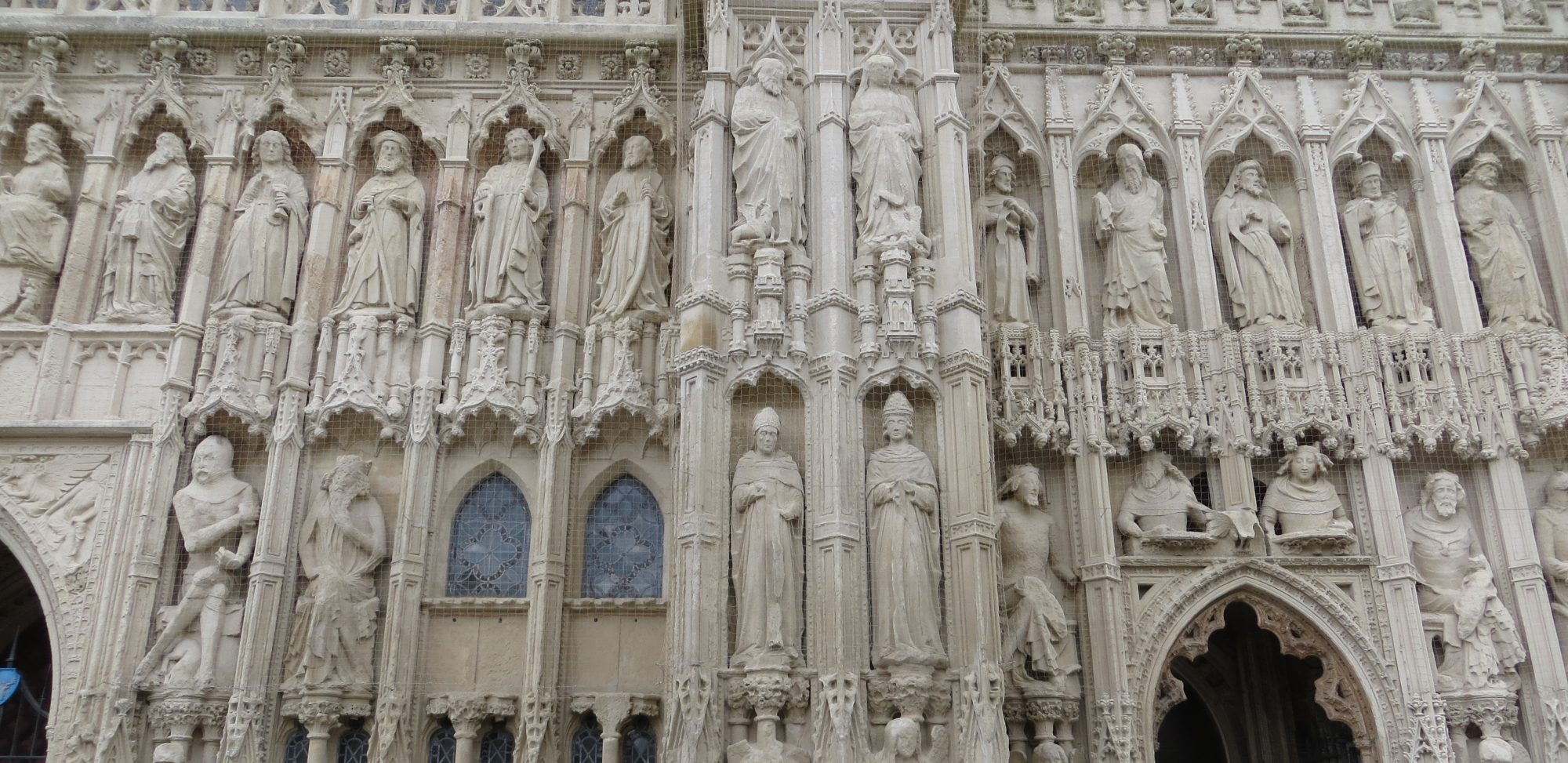There are no liturgical materials available in the parish. The vessels are glass or pottery, everything else having been tossed out. So there is no monstrance, no patens, and the tabernacle is buried somewhere where it can’t be seen. The available vestments are unworthy.
Then there is the belief infrastructure of the parish. People are out of the habit of confession, daily Mass, and spiritual reading. For the most part, people cannot defend the faith and are largely clueless about what the liturgy is intended beyond the need to gather Christians together for fellowship.
It is easy for priests to despair under these conditions. It is hard to know where to begin. You can just replace people because there is no one to take their place. You can’t just say that from now on, we will sing chant because no one knows what to sing or how. There is also the very important reality that it is unwise to enact a liturgical reconstruction insofar as people have no idea what is taking place or why.
There is where singing the Mass comes in. This is an improvement that celebrant can make on his own. He doesn’t have to ask the liturgy committee. He doesn’t need accompaniment. It requires no line in the budget. In fact, it will not upset anyone; in fact, it is a way that Father demonstrate that he truly cares about the liturgy, which has a way of flattering everyone.
It is a simple matter: what he once spoke, he now sings.
It has a dramatic impact. People listen to the words more intensely. It contributes a nobility to the liturgy. It is necessarily chant, and thereby acculturates people to the sound and feel of authentic liturgical music. It creates an expectation that that contemporary Christian music cannot satisfy and thereby lays the groundwork for developments later on.
Jeffrey Tucker Making a Liturgical Desert Bloom
